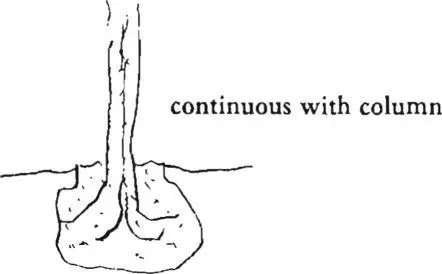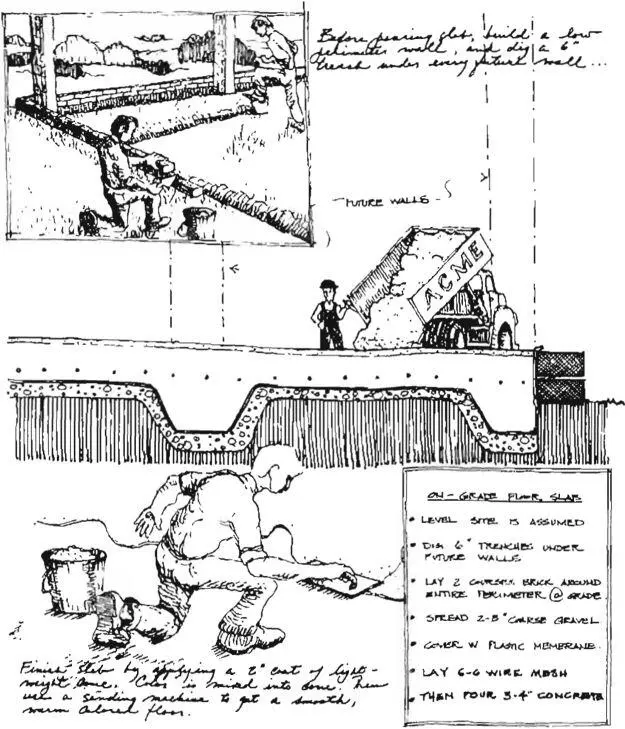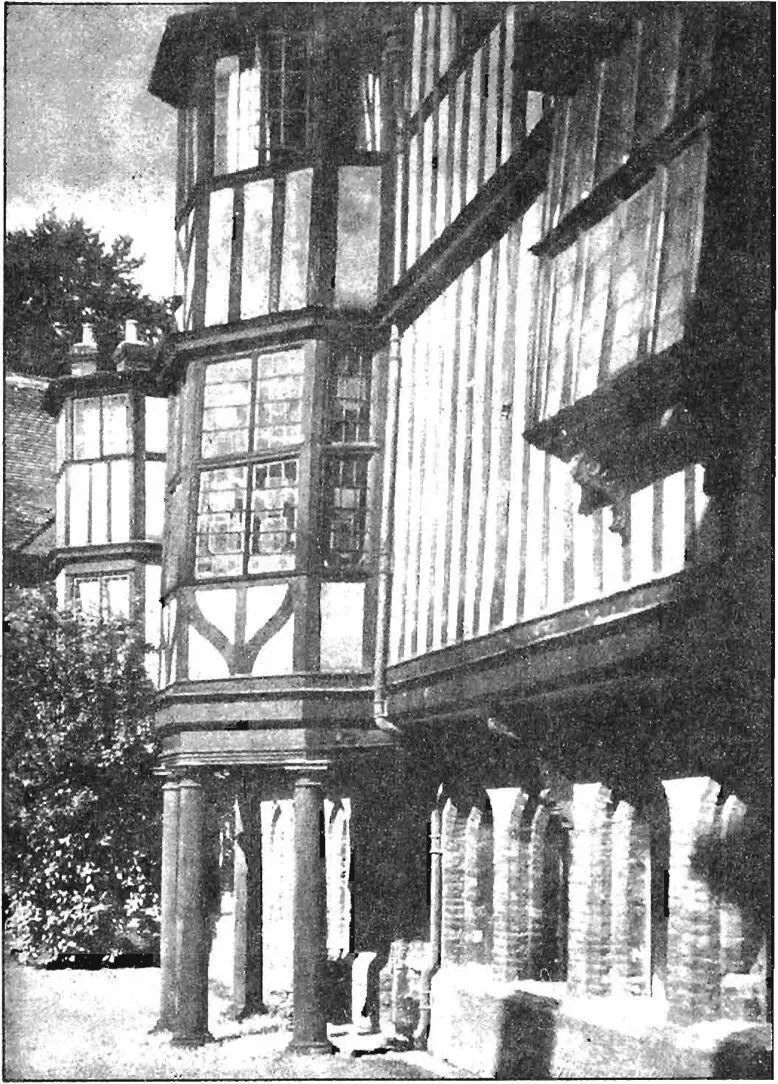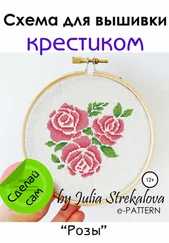Christopher alexander - A pattern language
Здесь есть возможность читать онлайн «Christopher alexander - A pattern language» весь текст электронной книги совершенно бесплатно (целиком полную версию без сокращений). В некоторых случаях можно слушать аудио, скачать через торрент в формате fb2 и присутствует краткое содержание. Жанр: Прочая научная литература, на английском языке. Описание произведения, (предисловие) а так же отзывы посетителей доступны на портале библиотеки ЛибКат.
- Название:A pattern language
- Автор:
- Жанр:
- Год:неизвестен
- ISBN:нет данных
- Рейтинг книги:3 / 5. Голосов: 1
-
Избранное:Добавить в избранное
- Отзывы:
-
Ваша оценка:
- 60
- 1
- 2
- 3
- 4
- 5
A pattern language: краткое содержание, описание и аннотация
Предлагаем к чтению аннотацию, описание, краткое содержание или предисловие (зависит от того, что написал сам автор книги «A pattern language»). Если вы не нашли необходимую информацию о книге — напишите в комментариях, мы постараемся отыскать её.
A pattern language — читать онлайн бесплатно полную книгу (весь текст) целиком
Ниже представлен текст книги, разбитый по страницам. Система сохранения места последней прочитанной страницы, позволяет с удобством читать онлайн бесплатно книгу «A pattern language», без необходимости каждый раз заново искать на чём Вы остановились. Поставьте закладку, и сможете в любой момент перейти на страницу, на которой закончили чтение.
Интервал:
Закладка:
1007
CONSTRUCTION
of the pattern. We believe that some kind of structure which is continuous with the ground is needed: but we quite haven’t been able to work it out. Meanwhile, we state this pattern as a kind of challenge.
Namely:
Try to find a way of making foundations in which the columns themselves go right into the earth, and spread out there—so that the footing is continuous with the material of the column, and the column, with its footing, like a tree root, can resist tension and horizontal shear as well as compression.
 |
| ❖ V V |
To make foundations like this for hollow concrete, filled box columns, start with a pit for each foundation, place the hollow column in the pit, and pour tire column and the foundation integrally, in one continuous pour—box columns (216). Later, when you build the ground floor slab, tie the concrete into the foundations—ground floor slab (215).
215 GROUND FLOOR SLAB
. . . this pattern helps to complete connection to the earth ( I 68), EFFICIENT STRUCTURE ( 206) , COLU M NS AT THE CORNERS (212), and root foundations (214). It is a simple slab, which forms the ground floor of the building, tics the root foundations to one another, and also allows you to form simple strip foundations as part of the slab, to support the walls.
•5*
The slab is the easiest, cheapest, and most natural way to lay a ground floor.
 |
| A raised ground floor slab built inside a brick ferimeter wall. |
1009
CONSTRUCTION
When the ground is relatively level, a concrete slab which sits directly on the ground is the most natural and cheapest way of building a ground floor. Wood floors are expensive, need air space underneath them, and need to be built up on continuous foundation walls or beams. Prefabricated floor panels also need a structure of some sort to support them. A slab floor, on the other hand, uses the earth for support, and can supply the foundations which are needed to support walls, by simple thickening.
The one trouble with slabs is that they can easily feel cold and damp. We believe that this feeling is at least as much a psychological one as a physical one (given a well-made and insulated slab), and that the feeling is most pronounced with slabs that are on grade. We therefore propose that the slab be raised from the ground. This can be done by not excavating the ground at all, instead only leveling it, and placing the usual bed of rubble and gravel on top of the ground. (In normal practice, the ground is excavated so that the top of the rubble is slightly below grade, and the top of the slab only just above the ground.)
Therefore:
Build a ground floor slab, raised slightly—six or nine inches above the ground—by first building a low perimeter wall around the building, tied into the column foundations, and then filling it with rubble, gravel, and concrete.
fill
concrete
sand
nibble
TTTTE7
brick edge
brick
raised
♦J*
Finish the public areas of the floor in brick, or tile, or waxed and polished lightweight concrete, or even beaten earth; as for those areas which will be more private, build them one
IOIO
step up or one step down, with a lightweight concrete finish that can be felted and carpeted—floor surface (233).
Build the low wall which forms the edge of the ground floor slab out of brick, and tie it directly into all the terraces and paths around the building—connection to the earth (168), soft tile and brick (248). If you are building on a steep sloped site, build part of the ground floor as a vaulted floor instead of excavating to form a slab—floor-ceiling vaults (219). . . .
ion
| 216 box columns** |
|---|
 |
1012
. . . if you use root foundations (214), the columns must be made at the same time as the foundations, since the foundation and the column are integral. The height, spacing, and thickness of the various columns in the building are given by final column distribution (213). This pattern describes the details of construction for the individual columns.
In all the world’s traditional and historic buildings, the columns are expressive, beautiful, and treasured elements. Only in modern buildings have they become ugly and meaningless.
The fact is that no one any longer knows how to make a column which is at the same time beautiful and structurally efficient. We discuss the problem under seven separate headings:
1. Columns feel uncomfortable unless they are reasonably thick and solid. This feeling is rooted in structural reality. A long thin column, carrying a heavy load, is likely to fail by buckling: and our feelings, apparently, are particularly tuned in to this possibility.
We do not wish to exaggerate the need for thickness. Taken too far, it could easily become a mannerism of a rather ridiculous sort. But columns do need to be comfortable and solid, and only thin when they are short enough to be in no danger of buckling. When the column is a free-standing one, then the need for thickness becomes essential. This is fully discussed under column place (226).
2. Structural arguments lead to exactly the same conclusion. Thin, high strength materials, like steel tubes and prestressed concrete, arc ruled out by good materials (207). Lower strength materials which are ecologically sound have to be relatively fat to cope with the loads.
3. The column must be cheap. An 8 by 8 solid wood column is too expensive; thick brick or stone columns are almost out of the question in today’s market.
1013
CONSTRUCTION
4. It must be warm to the touch. Concrete columns and painted steel columns have an unpleasant surface and are not very easy to face.
5. If the column takes bending, the highest strength materials should be concentrated toward the outside. Buckling and bending strength both depend on the moment of inertia, which is highest when the material is as far as possible from tire neutral axis. A stalk of grass is the archetypal example.
 |
| A version of box columns made of 1 inch wood planks , nailed together with spiral groove nails , and filled with chicken wire and ultra-lightweight concrete. |
IOI4
21 6 BOX COLUMNS
6. The column must be easy to connect to foundations, beams, and walls. Precast concrete columns are very hard to connect. So are metal columns. Brick columns are easy to connect to brick walls—not to the lighter weight skin structures required by wall
MEMBRANE (2 I 8) .
7. The column must be hand nailable, and hand cuttable to make on-site modification and later repair as easy as possible. Again, current materials do not easily meet this requirement.
A column which has all these features is a box column, where the hollow tube can be made as thick as is required, and then filled with a strong compressive material. Such a column can be made cheaper than comparable wood and steel columns; the outer skin can be made with a material that is beautiful, easy to repair, and soft to the touch; the column can be stiffened for bending, either by the skin itself, or by extra reinforcing; and, for structural integrity, the fill material can be made continuous with the column’s footings and beams.
Читать дальшеИнтервал:
Закладка:
Похожие книги на «A pattern language»
Представляем Вашему вниманию похожие книги на «A pattern language» списком для выбора. Мы отобрали схожую по названию и смыслу литературу в надежде предоставить читателям больше вариантов отыскать новые, интересные, ещё непрочитанные произведения.
Обсуждение, отзывы о книге «A pattern language» и просто собственные мнения читателей. Оставьте ваши комментарии, напишите, что Вы думаете о произведении, его смысле или главных героях. Укажите что конкретно понравилось, а что нет, и почему Вы так считаете.












